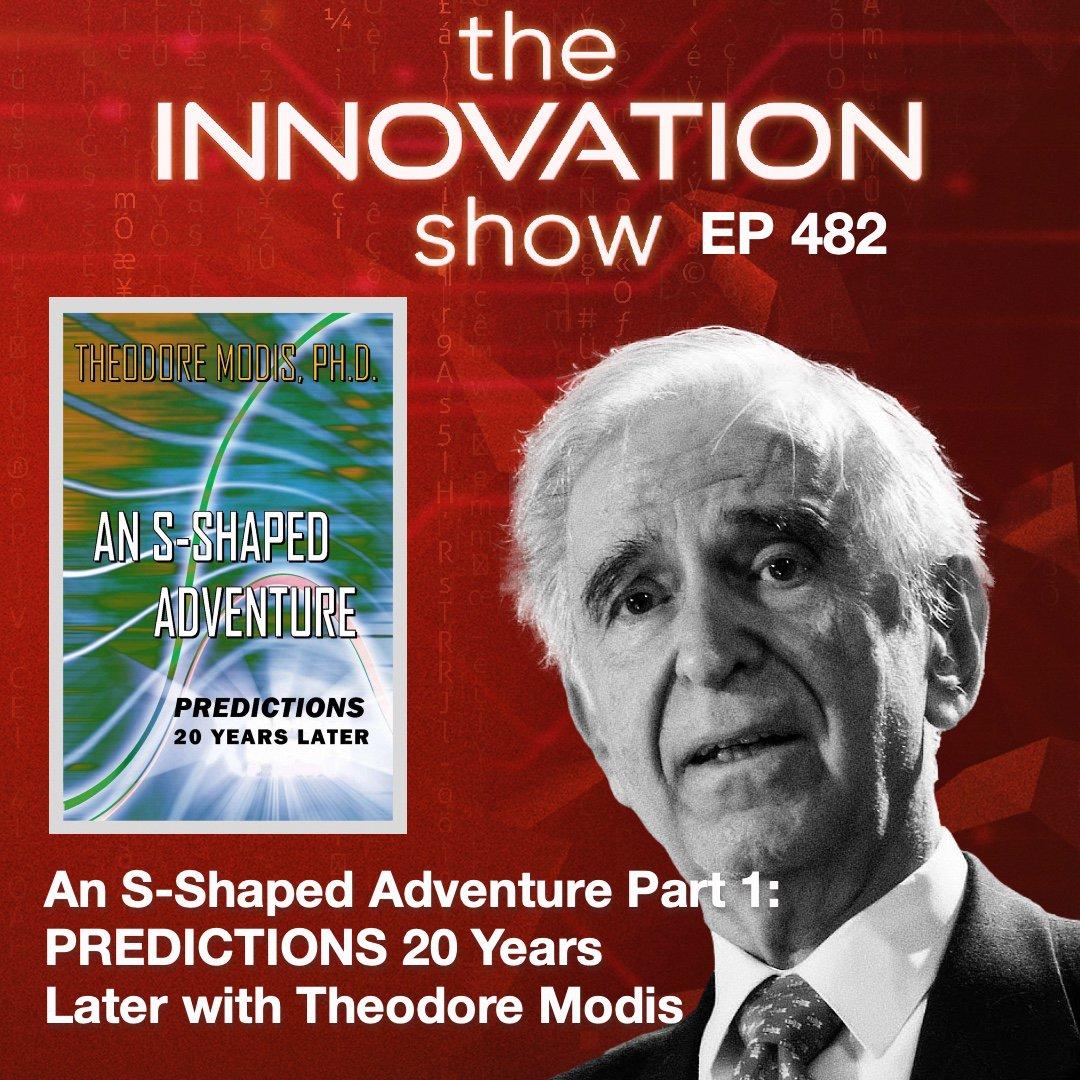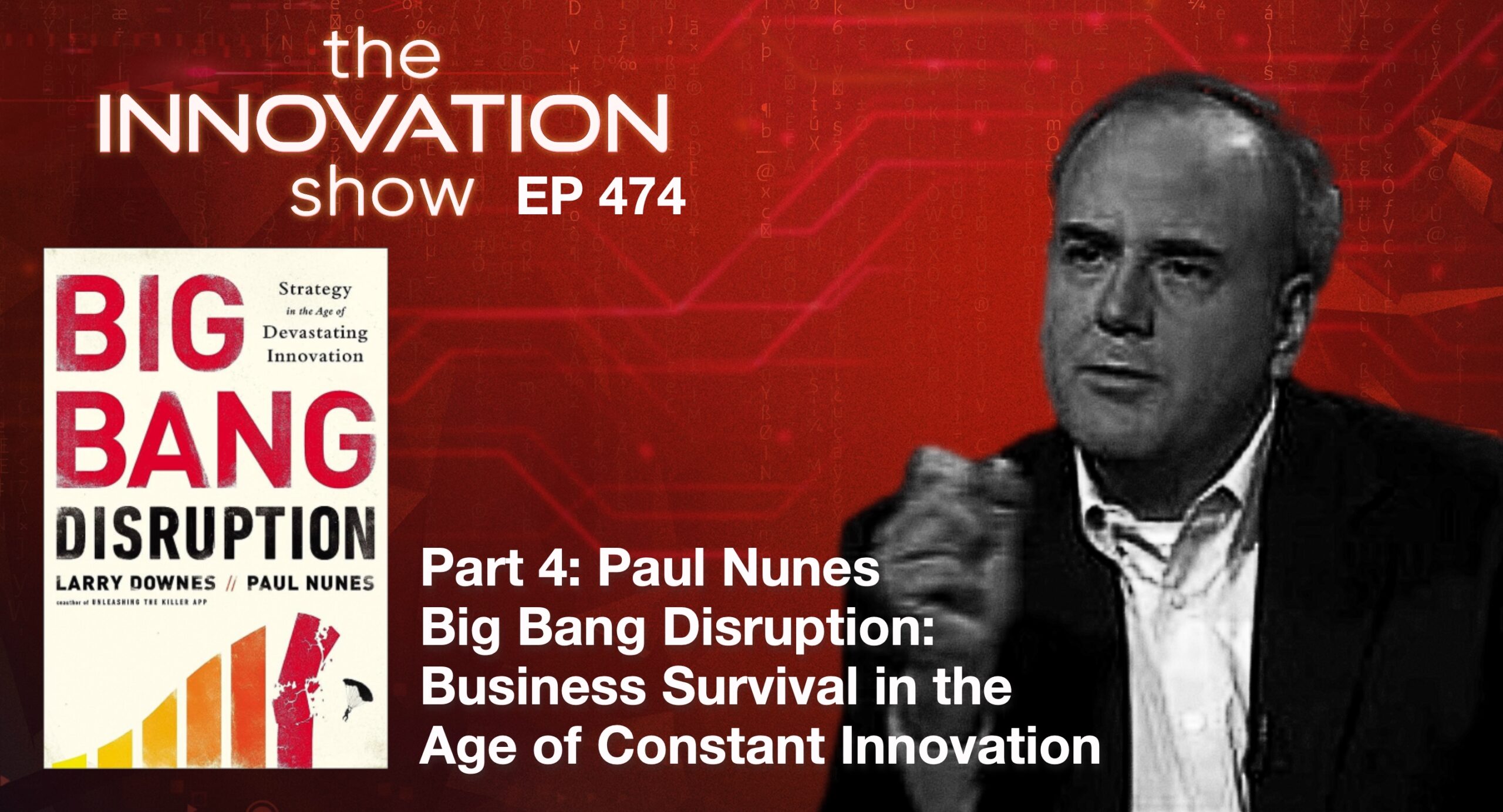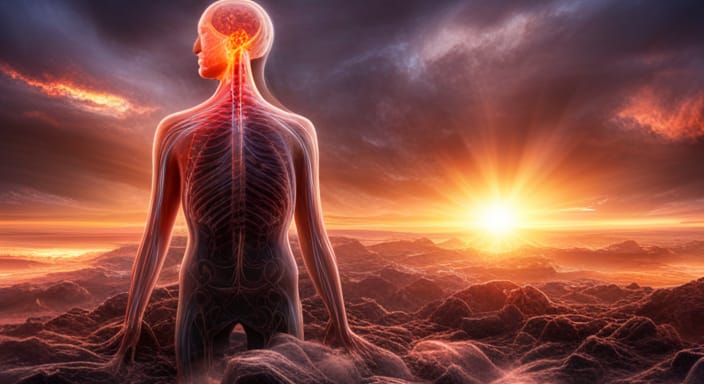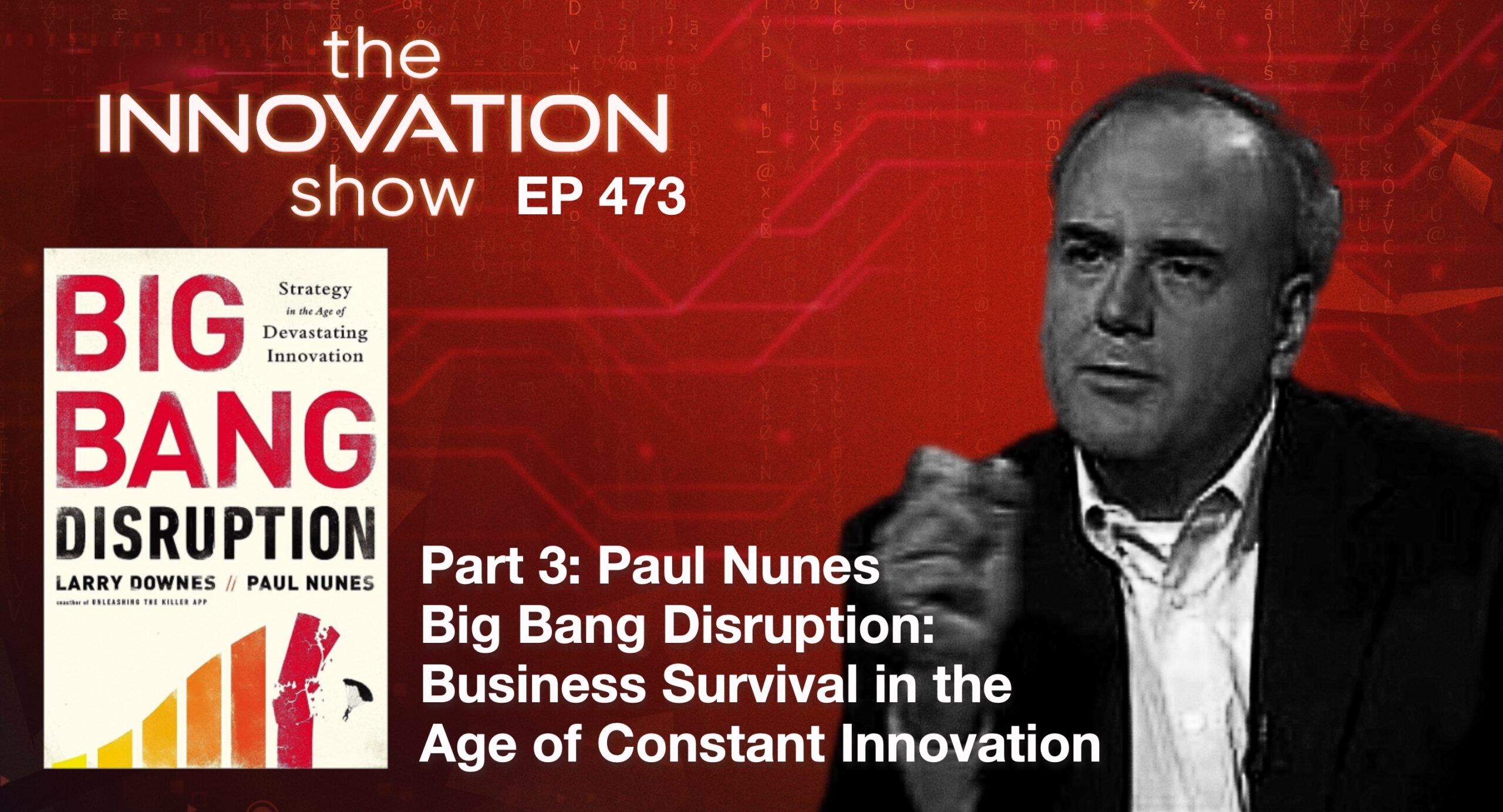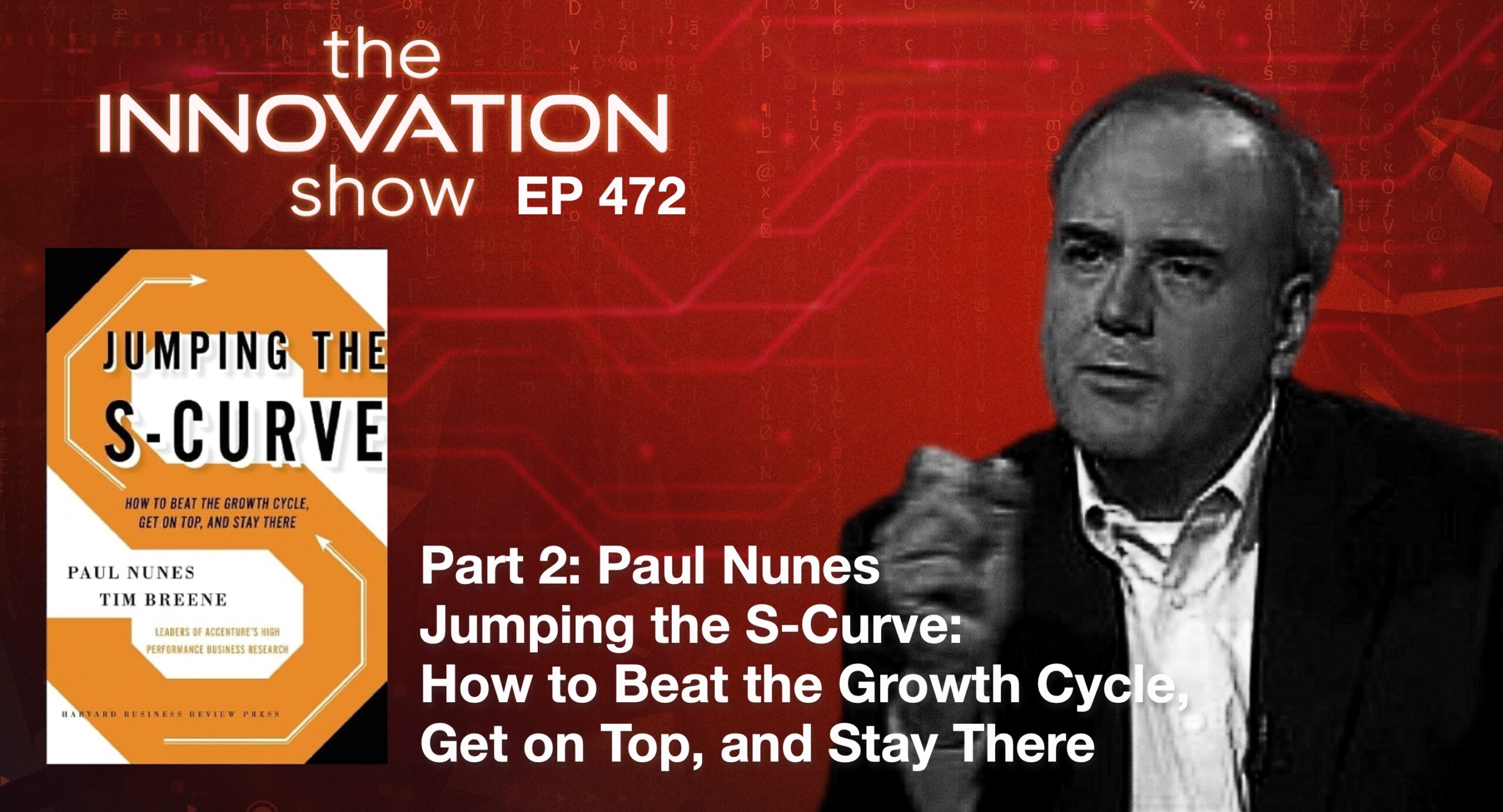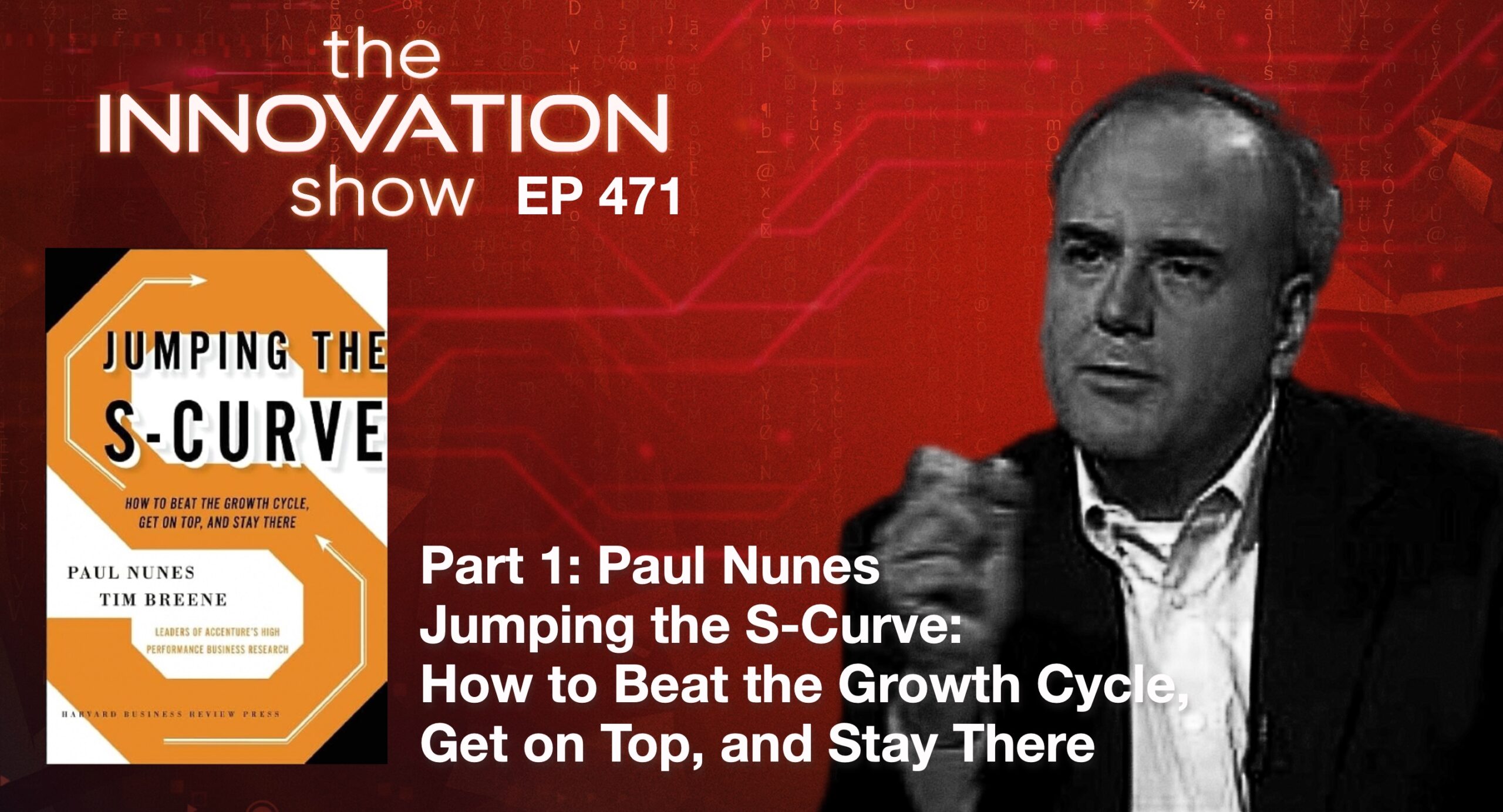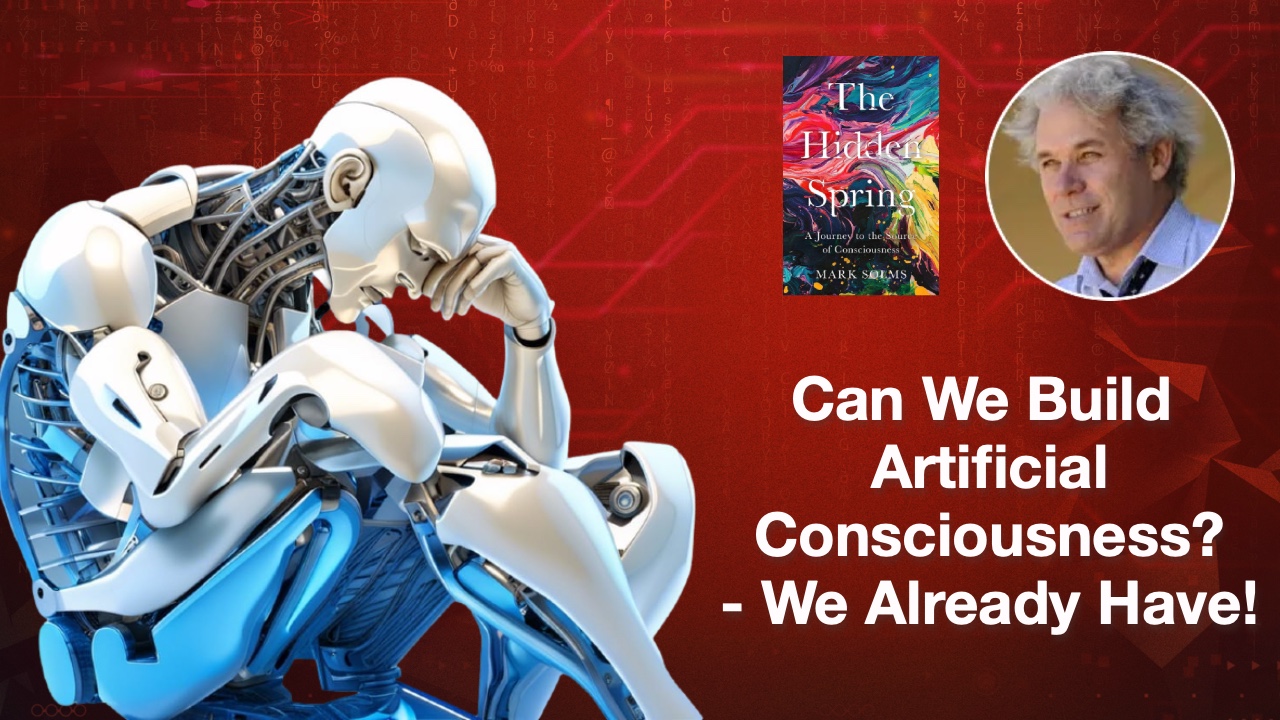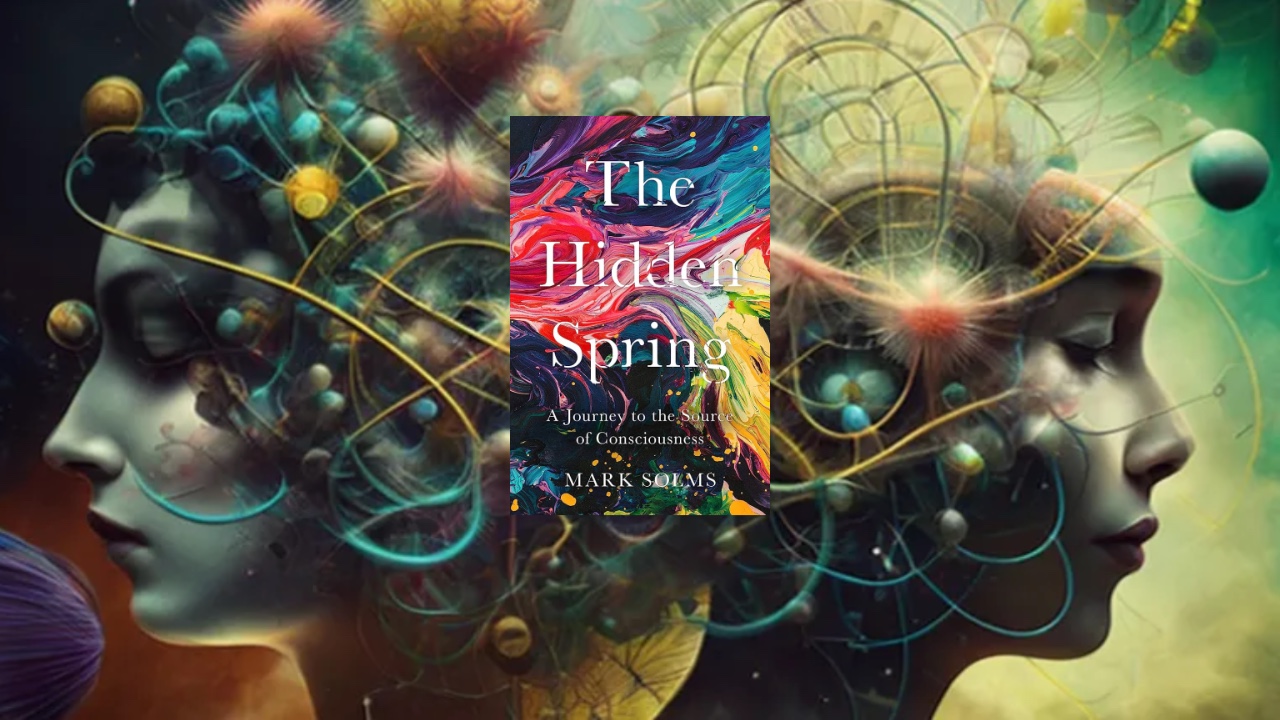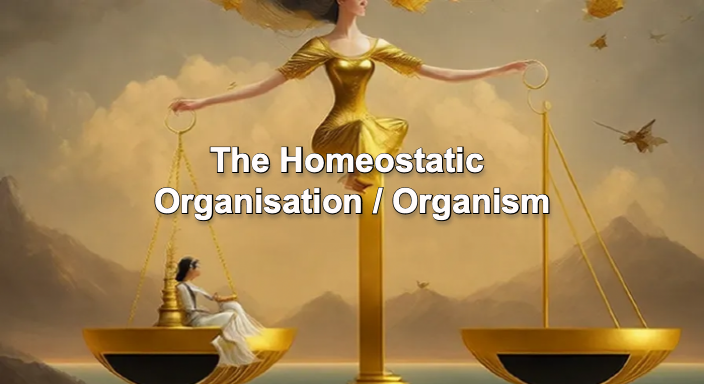Today’s book is a stand-alone sequel to “Predictions: Society’s Telltale Signature Reveals the Past and Forecasts the Future”, which provided a new way of understanding society and ourselves by applying scientific concepts to predicting social phenomena. In addition to taking up the challenge of confronting the predictions made 20 years ago with actual data-something, forecasters generally refrain from doing so; the book includes many new topics that became relevant more recently.
Posted 2 years ago Tagged Accenture Aidan McCullen Big Bang Disruption Business Entrepreneurship Innovation Leadership Paul Nunes Paul Nunes Big Bang Disruption Technology The Shark Fin Undisruptable
We continue our series with Paul Nunes. This is part 2 of Big Bang Disruption, where we dive into the Shark Fin and look at Nintendo, Regulation, Pinball and more.
Posted 2 years ago Tagged Accenture Aidan McCullen Big Bang Disruption Business Corporate Pain Points Entrepreneurship Human Potential Time Smart Innovation Leadership Paul Nunes Technology The Shark Fin Undisruptable
Win “Jumping The S Curve” “No organisation is going to change in a fundamental way […]
Posted 2 years ago Tagged Accenture Aidan McCullen Big Bang Disruption Business Entrepreneurship Innovation Leadership Paul Nunes Technology The Shark Fin Undisruptable
We have entered a fourth stage of innovation— the era of Big Bang Disruption. The new disrupters attack existing markets not just from the top, bottom, and sides but from all three at once. This isn’t disruptive innovation. It’s devastating innovation.
Posted 2 years ago Tagged Accenture Aidan McCullen Big Bang Disruption Business Entrepreneurship Human Potential Innovation Leadership Paul Nunes Technology The Shark Fin Undisruptable
Paul Nunes has found that what matters is not just climbing your current S-curve, which is what you do to reach the top of a single successful business. Instead, he emphasises the equal importance of the moves you must make to your next business: making the jump to your future S-curve.
Posted 2 years ago Tagged Accenture Aidan McCullen Big Bang Disruption Business Entrepreneurship Human Potential Innovation Leadership Paul Nunes Paul Nunes Jumping the S-Curve Technology The Shark Fin Undisruptable
Paul Nunes has found that what matters is not just climbing your current S-curve, which is what you do to reach the top of a single successful business. Instead, he emphasises the equal importance of the moves you must make to your next business: making the jump to your future S-curve.
Posted 2 years ago Tagged Aidan McCullen Business Consciousness Entrepreneurship Entropy Homeostasis Human Potential Innovation Leadership Mark Solms Markov Blankets Technology The Free Energy Principle The hidden spring Undisruptable
In The Hidden Spring, our guest Mark Solms does not dive too deeply into Karl Friston’s mathematics. As you will discover, he summarises its implications, describing Friston’s free energy as a quantifiable measure of how a system models the world and how it behaves.
Posted 2 years ago Tagged Aidan McCullen Business Consciousness Entrepreneurship Entropy Homeostasis Human Potential Innovation Leadership Mark Solms Markov Blankets Technology The Free Energy Principle The hidden spring Undisruptable
It is a pleasure to welcome the author of The Hidden Spring: A Journey to the Source of Consciousness, Mark Solms. In this episode, we talk about the brain’s prediction system.
00:00:00.000 Introduction and Overview of the Chapter
00:03:30.388 Establishment of the Meteorology Department
00:11:59.546 The Fundamental Task: Minimizing Free Energy
00:15:43.370 Feelings: Connecting Us to Our Ancestors
00:19:36.790 Neglecting the inter-receptive and extra-receptive in cognitive science
00:22:30.002 The brain’s attempt to contain environmental effects on the organism
00:31:32.675 Innate Predictions: Fear and Instinctual Behaviors
00:34:19.723 The Evolution of Responses and Predictive Model Complexification
00:42:59.118 The Brain: Ones and Zeroes, Predictions and Errors
00:54:18.834 The Brain as an Organization
00:59:57.338 Emotional Needs and Scripts
Posted 2 years ago Tagged Aidan McCullen Business Consciousness Entrepreneurship Entropy Homeostasis Innovation Leadership Mark Solms Technology The Free Energy Principle The hidden spring Undisruptable
Resisting entropy is a fundamental function of living things. Similarly, organisations that resist change become victims of entropy, disrupting the balance of their systems and tipping the scales towards entropy. Maintaining homeostasis is not an event. It is a continual process. Maintaining success requires effort, constant renewal and permanent reinvention.
Posted 2 years ago Tagged Aidan McCullen Business Consciousness Entrepreneurship Entropy Homeostasis Innovation Leadership Mark Solms Technology The hidden spring Undisruptable
Homeostasis refers to the maintenance of relatively constant internal conditions in an organism. For example, we maintain an average body temperature of about 98.6°F (37°C). In a cold environment, we shiver to return to our ideal body temperature. We fan ourselves or find other means to restore homeostasis in a warm climate. This delicate balance within biological systems is the hotbed of existence.
